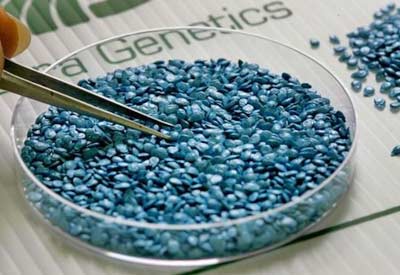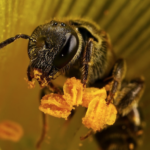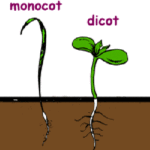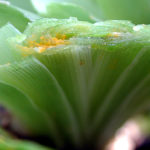
GMO Seeds What are They?
GMO Seeds Or Genetically Modified Seeds What are They?
 You might have come across the abbreviation GMO seeds or GMO’s lately when you read newspapers, magazines and on the internet. The GMO is nothing but Genetically Modified Organisms, which is produced through a laboratory process. The genes from the DNA of a particular plant are extracted and are artificially forced into the genes of any other non-related plant or animal. These foreign genes can be taken from anything like bacteria, viruses, animals and you.
You might have come across the abbreviation GMO seeds or GMO’s lately when you read newspapers, magazines and on the internet. The GMO is nothing but Genetically Modified Organisms, which is produced through a laboratory process. The genes from the DNA of a particular plant are extracted and are artificially forced into the genes of any other non-related plant or animal. These foreign genes can be taken from anything like bacteria, viruses, animals and you.
As there is a transfer of the genes taking place in this process, GMOs are also known as transgenic organisms. The lab process that helps in creating a new plant or species is known as Genetic Engineering or Genetic Modification.
How it Works?
There are many seeds that are now derived through GMO method. The genetically engineered seeds use the genes in the DNA of any unrelated organism and mix it with the crops. They are done so because there is no way that the two different varieties of plants can carry out biological reproduction and finally breed a new crop. The viral promoter genes are also used in this gene modification process. The end result is a GMO crop and this is achieved by introducing the new genes into any yield crop. The development of genetically modified seeds causes a massive change in the genetic makeup of the yield and also there are many changes in the properties of the seed that is developed. The genetically modified crops and foods are said to repel some of the harmful insects affecting the drop. Their yield is also more than organically farmed products. The main reason why genetically modified foods are promoted is because the yield is more, cheaper and also needs less acreage.
Against Nature
Genetic engineering has caused the production of plants and organisms which will not be produced by Mother Nature. It has caused the breeding of species that could not breed in a natural way. For example, combining the genes of corn and bacteria. This genetically modified corn can kill the corn borers attacking the plant. The Bacillus thuringiensis bacteria are capable of damaging the digestive tract of organisms consuming the bacteria since the bacterial genetic material is in the cells of the corn they can even damage the gut of humans. It is possible to combine or splice the genes of different organisms using the recombinant DNA technology to produce genetically modified or engineered organisms.
Use of GMO Seeds
The seeds produced from genetically modified plants can produce similar offspring in the next generation, but it is illegal to store the GMO seed as they are patented by the producers.
- It is not sustainable to produce these GMO seeds as they are thousands of times expensive when compared to hybrid seeds and open–pollinated seeds.
- The pollen from GMO plants can contaminate the non- GMO plants in the nearby fields.
- Lab tests conducted on plants, animals and livestock show that GMOs can cause allergies, reproductive problems and tumours and the destruction of beneficial soil bacteria and can produce the same or worse effect on humans as well.
Whats the Difference Between GMO Seeds and F1 Hybrid Seeds Click Here to Find Out

























